KTW Magnetron Sputtering:
Creating the Next Generation of Super Lightweight Materials
Made-to-order components with custom surface properties thanks to a high-end coating process. Made for a multitude of industrial applications.
In coating technology, the term "sputtering" refers to the removal of particles (atoms, ions or molecules) from a solid target by ion bombardment.
For this purpose, ions are typically generated from a gas and accelerated towards the target. There they collide with the atoms of the target. The original ions, as well as the disturbed particles, move through the material and collide with other atoms. Most of the ions and hit atoms remain in the material, but a small part of the atoms is scattered towards the surface by this process. Some of these particles leave the target and move towards the substrate to condense there as a layer.
In magnetron sputtering, the necessary ions are generated by a gas discharge that burns directly in front of the target. This can be excited, for example, by applying an electrical DC voltage or an AC voltage (DC sputtering or RF sputtering). In the case of DC excitation, the target consists of a slice of high-purity metal, for example titanium. In the case of RF sputtering, however, dielectric targets such as titanium oxide can also be used. If a reactive gas such as oxygen is added to the gas discharge, this leads to the formation of chemical reaction products such as oxides.
Due to the comparatively high kinetic energies (Ek∼10 eV) of the layer-forming particles, sputtered layers exhibit an amorphous microstructure and a high packing density (almost that of the solid).
The thermal load on the substrates during coating is lower than with conventional vapour deposition.
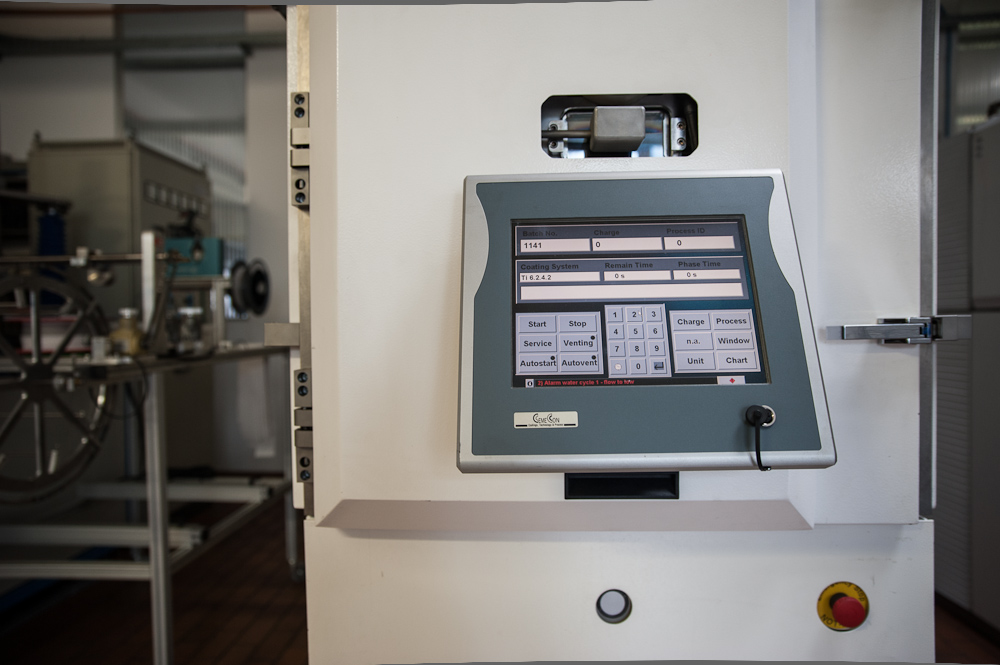
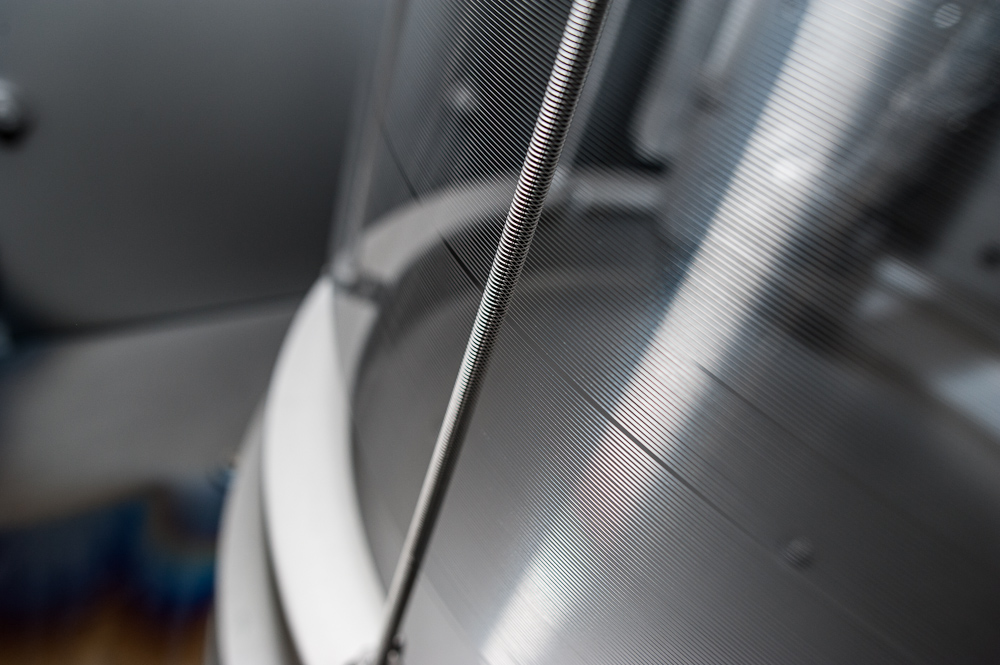
Overview of important features
- Low losses due to stray light
- High thermal and climatic stability of the optical parameters
- High laser resistance
- High mechanical stability

We have decades of experience with this process and use this technology in the production of Titan Matrix Composites
Made-to-Order Lightweight Components for Almost Any Purpose
Magnetron Sputtering technology is a one-of-a-kind process for coating custom components with titanium and other high-strength metals. It uses ion bombardment in a vacuum to detach particles from a source substance that can be used to coat a target of any shape. Once adhered, the coating retains a similar composition as its original material.
For example, we use the technology for our KTW Titan Matrix Composite materials. However, it is also possible to coat tungsten and other metals in order to achieve surface properties different from the base element.
The Process
Sourcing

Fiber Coating

Trimming & Bundling
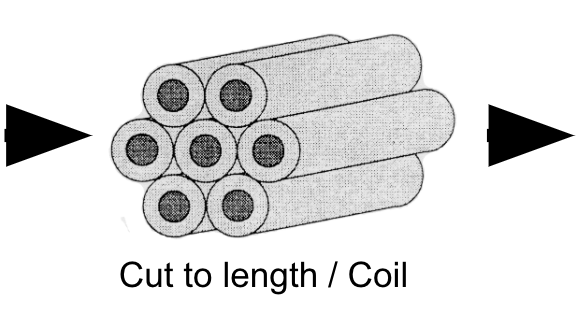
Hot Isostatic Pressing
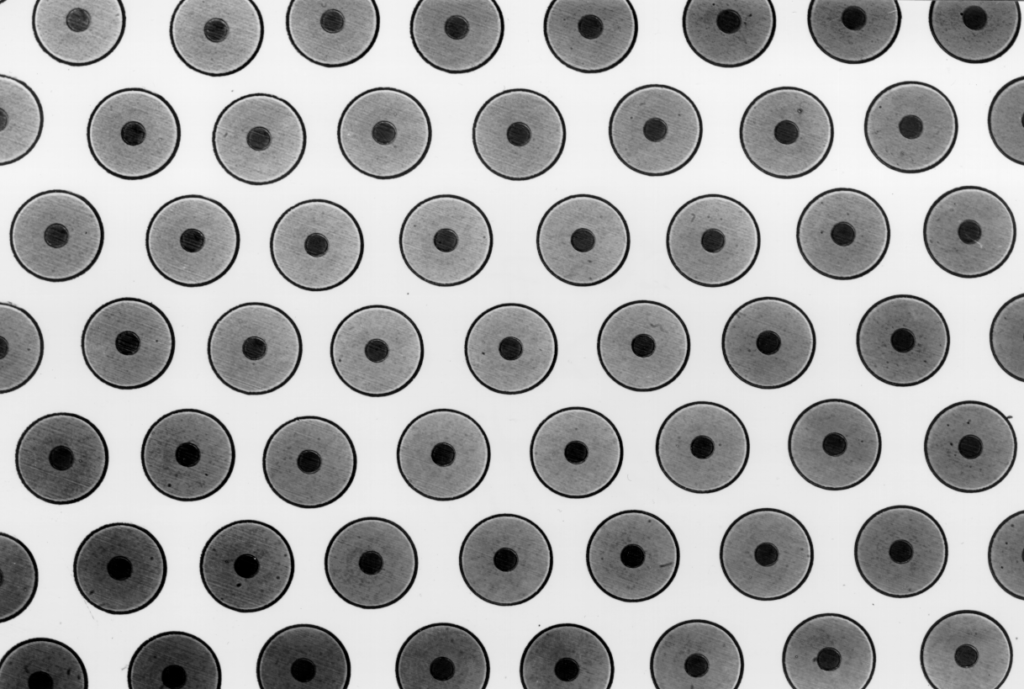
Advantages
- Fiber distance distribution
- Material properties
- Reproducibility
- Different metal matrix composites possible
- Homogenity
Disadvantages
- Dimensional limitations
- Manufacturing costs
Step by step process view
Using titanium alloys for coating in combination with 3D-printing, machining, and laser welding allows us to create just-as-needed lightweight components that are stress, temperature, and corrosion resistant. When using titanium, they also benefit from the metal’s great biocompatibility, which is useful, for example, for orthopedic implants.
Example: Connecting Rod
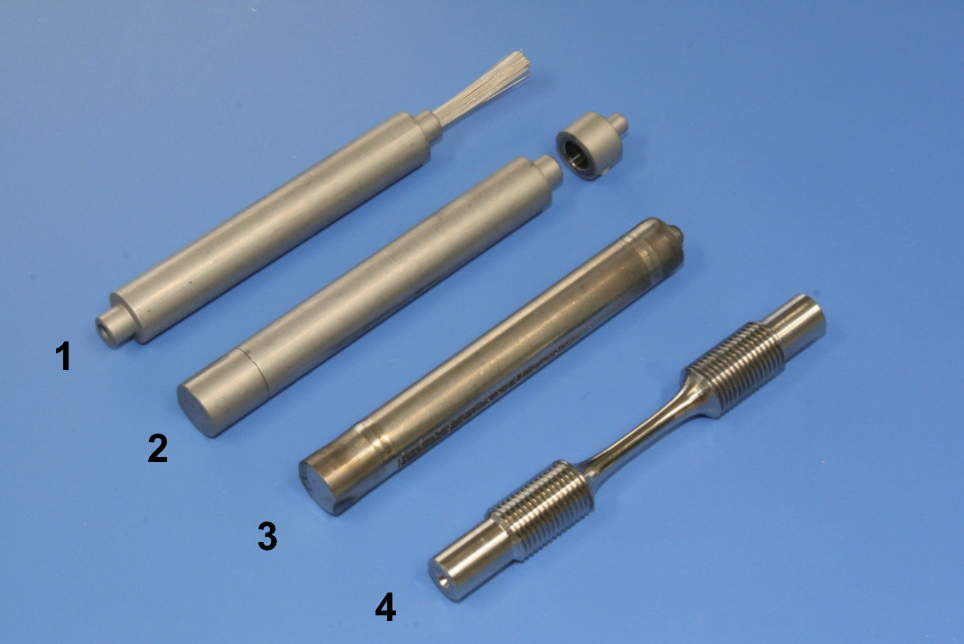
2. Closing of component with end caps and vacuum welding
3. Hot isostatic pressing to achieve seamless material connection
4. Machining of component to finalize shaping and address surface requirements
KTW Technology has decades of experience in this process, which has a myriad of applications for many industries: From aerospace to car manufacturers and everywhere else where the weight and stability of components is an important factor for the functionality and energy efficiency of the end product.
Technical Equipment Required
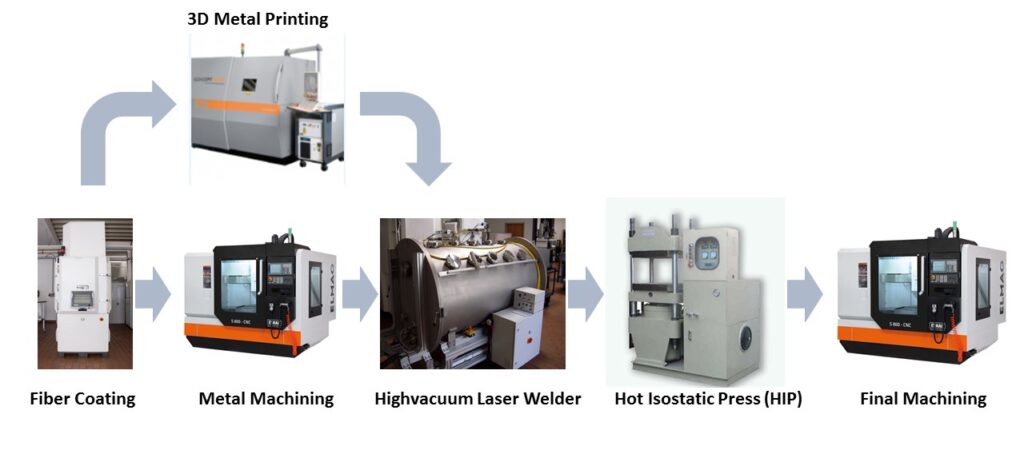
Latest News
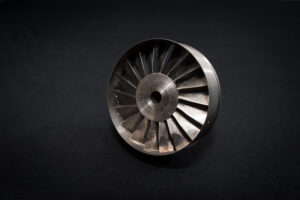
Story of TMC – Episode 5: Successful Implementation
In the history of the development of Titan Matrix Composites (TMC) there have been two successful implementations of this technology. The first implementation took place
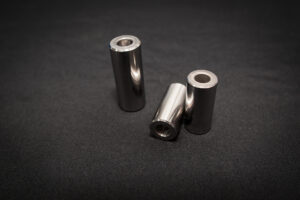
Story of Titan Matrix Composites – Episode 4: USP
We explained in the past episodes 1 to 3 what is TMC, the history of the delevopment and the technology behind it. In this episode
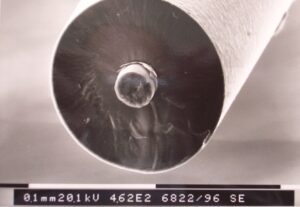
Story of Titan Matrix Composites – Episode 3: Technology
Over the past 30 years, titanium metal matrix composites (Ti MMCs) have been under considerable development and evaluation for use in aircraft engine and airframe
Use our experience of the sputter process
We'd love to support you to succeed in your industry. Request a free call back, and let's talk about how we can tackle the challenges which your industry faces.

